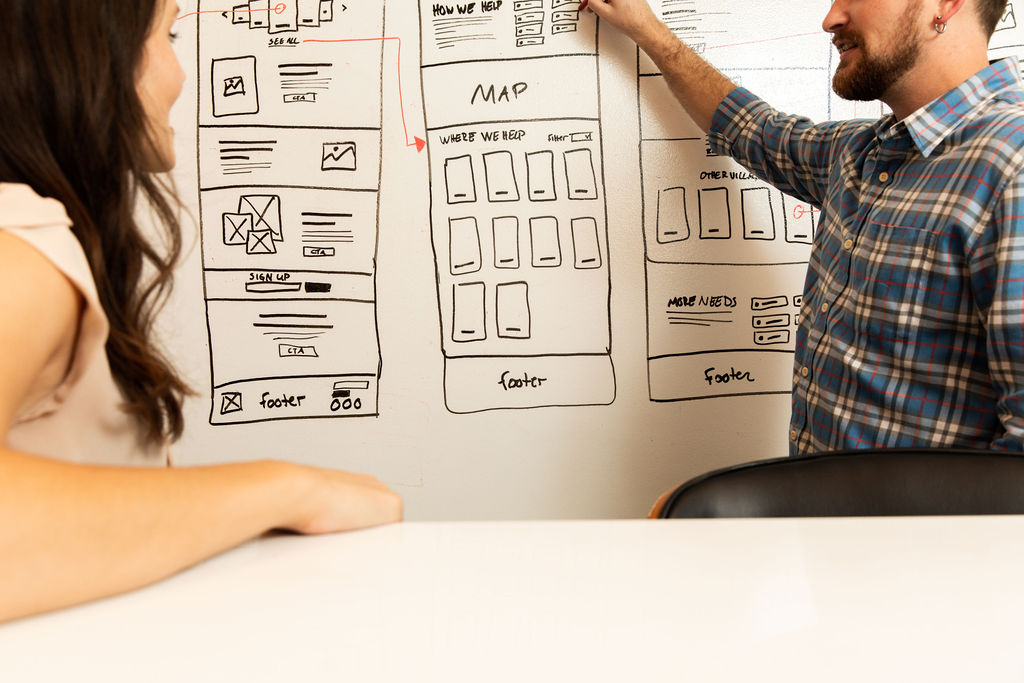The Versatile Role of Graphic Design: Bridging Communication and Aesthetic Expression

Graphic design is more than just an artistic endeavor; it is a powerful tool that seamlessly blends communication and aesthetics. From branding to advertising, from editorial layouts to user interface design, the impact of graphic design is ubiquitous. Whether in print or digital form, it shapes perceptions, conveys messages, and enhances user experience. Understanding the Principles of Graphic Design, mastering the Elements of Graphic Design, and leveraging advanced tools and techniques are crucial for designers to create compelling visuals that engage audiences.
The Foundations of Graphic Design
At its core, graphic design is guided by fundamental principles that ensure visual harmony, clarity, and effective messaging.
Principles of Graphic Design
These principles serve as the foundation for all great designs:
- Balance – Achieving visual stability through symmetrical or asymmetrical arrangements.
- Contrast – Creating emphasis and hierarchy by juxtaposing different elements.
- Alignment – Ensuring coherence and structure by aligning text and visuals effectively.
- Repetition – Reinforcing consistency and brand identity by repeating patterns, colors, and styles.
- Proximity – Grouping related elements together to enhance readability and impact.
Elements of Graphic Design
Every composition is built upon fundamental visual elements:
- Line – Guides the eye and creates structure.
- Shape – Defines objects and contributes to identity.
- Color – Evokes emotions and establishes brand identity.
- Texture – Adds depth and realism.
- Space – Controls visual breathing room and focus.
Graphic Design Fundamentals
A deep understanding of Graphic Design Fundamentals is essential for creating impactful visuals. These fundamentals include:
- Typography in Graphic Design – Choosing the right typeface influences readability and aesthetics.
- Hierarchy and Layout – Structuring elements to direct the viewer’s focus.
- Visual Composition in Design – Arranging elements cohesively for maximum impact.
Digital Graphic Design vs. Print Graphic Design
The evolution of technology has given rise to two primary domains of graphic design: digital and print.
- Digital Graphic Design
With the dominance of the internet and social media, Digital Graphic Design plays a vital role in online branding and communication. This includes website design, social media graphics, app interfaces, and digital advertisements. The flexibility of digital platforms allows for interactive and dynamic content, enhancing engagement and user experience. - Print Graphic Design
Despite the digital revolution, Print Graphic Design remains crucial in marketing, editorial publishing, and packaging. Business cards, brochures, posters, and magazine layouts all fall under this category. Print design requires careful consideration of color accuracy, resolution, and material compatibility to ensure high-quality output.
Vector vs Raster Graphics
A crucial aspect of graphic design is understanding Vector vs Raster Graphics and knowing when to use each format.
- Vector Graphics – Created using mathematical equations, vector graphics (e.g., SVG, EPS) are scalable without loss of quality. Ideal for logos, icons, and illustrations.
- Raster Graphics – Composed of pixels (e.g., PNG, JPEG), raster images are resolution-dependent and best suited for photographs and detailed artwork.
Graphic Design Software (Adobe Illustrator, Photoshop, CorelDRAW)
Modern designers rely on powerful software tools to bring their ideas to life.
- Adobe Illustrator – The industry standard for vector design, used for creating logos, icons, and scalable illustrations.
- Photoshop – A versatile tool for raster image editing, digital painting, and photo manipulation.
- CorelDRAW – Popular among print designers, offering advanced vector editing capabilities.
The Rise of Motion Graphic Design
With the increasing consumption of video content, Motion Graphic Design has gained prominence. Motion graphics involve the use of animation, typography, and visual effects to create engaging digital experiences. It is widely used in advertising, social media content, explainer videos, and UI animations.
Graphic design is an ever-evolving discipline that continues to shape visual communication across industries. By mastering Graphic Design Fundamentals, leveraging the right Graphic Design Software (Adobe Illustrator, Photoshop, CorelDRAW), and staying updated on the latest trends, designers can create impactful and aesthetically pleasing work. As the digital and print landscapes continue to merge, the demand for innovative and strategic graphic design will only grow, further cementing its role as a bridge between communication and artistic expression.



